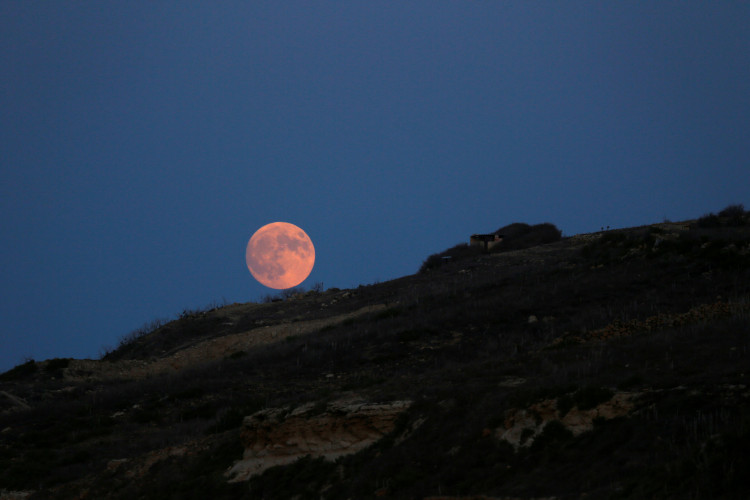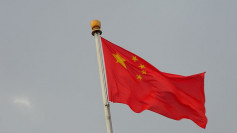With the successful spacecraft landing on the far side of the moon, China has etched its name on history once again. As countries around the globe continue to expand their space exploration activities, China decided to do a feat which was once deemed as impossible.
China's moon exploration project started more than a decade ago. Since 2007, China has sent three missions towards the moon. Chief among the country's most notable space achievement was when it landed the first ever robotic land and rover.
China's latest lunar achievement commenced during the early hours of Dec. 8, 2018. It was during this moment when the country's Long March 3B carrier rocket was launched from the Xichang Satellite Launcher located in the southwest Chinese province of Sichuan. Aboard the rocket is the Chang'e-4 spacecraft, the same craft that landed on the far side of the moon.
The Chang'e-4 spacecraft has a lander and a rover. The spacecraft's destination is the far side of the moon or the lunar hemisphere that is always facing away from Earth. Prior to China's recent achievement, no spacecraft has ever achieved a soft landing in that particular lunar region. On the other hand, NASA crash-landed a Ranger 4 probe into that region in 1962.
Following its launch, the Chang'e-4 took nearly five days to reach the moon. Once close to the moon, the spacecraft performed an elliptical lunar orbit in order to position itself for the landing.
The landing on the far side of the moon has been widely considered as one of the holy grails of moon exploration. In a statement acquired by PBS, Arizona State University planetary scientist and principal investigator of NASA's Lunar Reconnaissance Orbiter Camera Mark Robinson said, "Relative to the nearside, in many respects, we know very little about the far side."
Should the Chang'e-4 mission go as planned, China is looking to launch the Chang'e-5 mission late next year. Unlike the Chang'e-4 mission which targeted the far side of the moon, the Chang'e-5 mission is slated to land on the moon's near side, or the side that faces the Earth. The mission will attempt to take samples from the Mons Rumker which is located in the Oceanus Procellarum, a region located in the northwest of the Moon's nearside.
Aside from China, other nations have their own lunar aspirations as well. India is set to launch its Chandrayaan-2 lunar lander early next year. Russia has also announced the country's plan to launch a robotic mission to the moon within the next five years.






